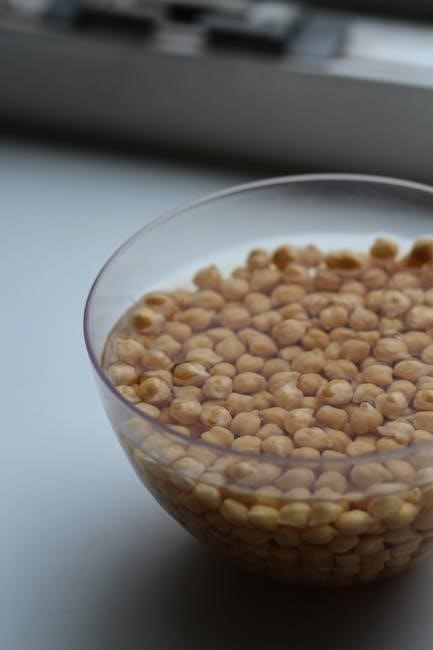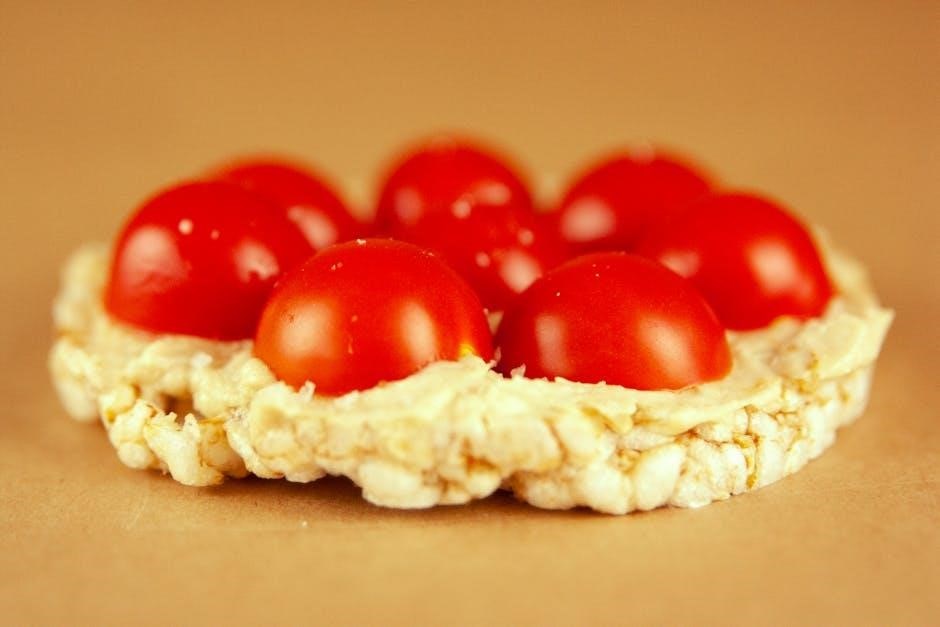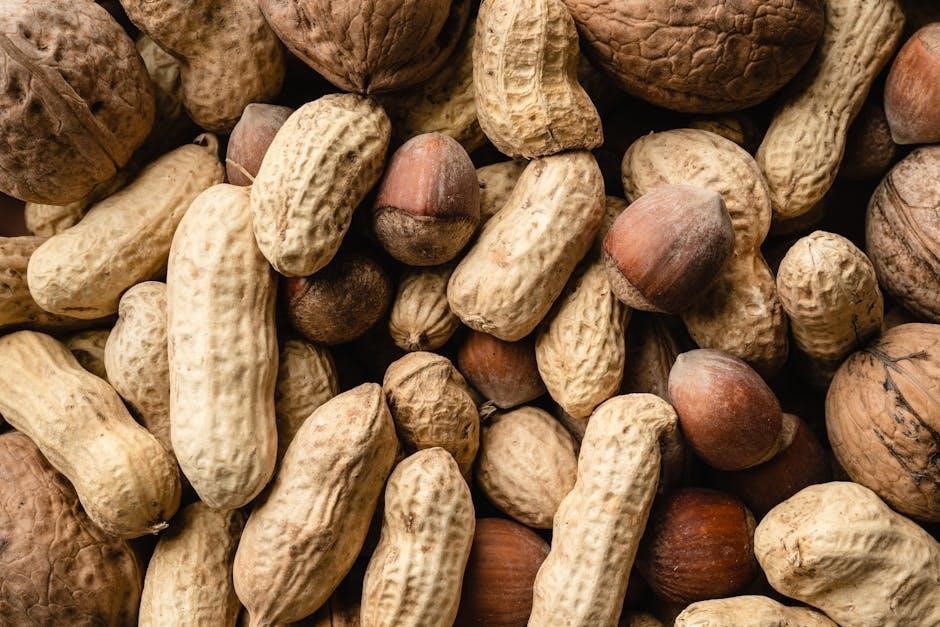Low fat diet helps reduce health risks,
including
heart disease, with a list of 100 low-fat foods to include in meals for a healthy lifestyle daily.
Importance of Low Fat Diet
The importance of a low fat diet cannot be overstated, as it plays a crucial role in maintaining overall health and wellbeing. A low fat diet helps to reduce the risk of heart disease, which is one of the leading causes of death worldwide. By limiting fat intake, individuals can also lower their cholesterol levels, which can help to prevent heart attacks and strokes. Additionally, a low fat diet can help with weight management, as it reduces the overall calorie intake. This can lead to a range of other health benefits, including improved blood sugar control and a reduced risk of certain types of cancer. Overall, incorporating a low fat diet into one’s lifestyle can have a significant impact on both short and long term health outcomes, making it an important consideration for individuals of all ages. Regular consumption of low fat foods is essential.

Low Fat Diet Food Groups
Low fat diet includes various food groups, such as beverages, fats, and oils, with specific options to choose from daily for a healthy lifestyle and diet plan always.
Allowed Foods in Low Fat Diet
Low fat diet allows various food options, including skim or low-fat milk, low-fat yogurt, and reduced-fat cheese, which provide essential nutrients like calcium and protein for overall health and well-being.
Fats and oils like margarine and low-fat salad dressings are also permitted in moderation, as part of a balanced diet plan.
Additionally, whole grain cereal foods like bread, oats, and rice are low in fat and rich in fiber, making them a great choice for a low fat diet.
It is essential to choose foods that are low in fat and high in nutrients to maintain a healthy lifestyle and achieve the desired weight management goals.
A well-planned low fat diet can help reduce the risk of chronic diseases, such as heart disease and certain types of cancer, by incorporating a variety of allowed foods into daily meals.
Low fat foods can be found in most grocery stores, making it easy to follow a low fat diet plan and make healthy food choices.
Foods to Avoid in Low Fat Diet
Foods high in fat should be avoided, including whole or 2 milk, buttermilk, and most cheese foods and spreads, as they can hinder weight management goals.
Fried foods, gravies, and regular salad dressings are also high in fat and should be limited or avoided altogether.
Certain dairy products like medium-fat cheeses, half-fat cheeses, and whole eggs should be consumed in moderation, if at all.
Pastries, suet pudding, and most cakes and biscuits are high in fat and should be avoided to maintain a healthy lifestyle.
It is essential to read food labels carefully to identify high-fat foods and make informed choices.
By avoiding high-fat foods, individuals can reduce their overall fat intake and increase their chances of achieving a successful low fat diet.
A low fat diet requires careful planning and attention to food choices to ensure optimal results and overall health benefits.

Low Fat Dairy and Dairy Alternatives
Skim milk and low-fat yogurt are healthy options with
calcium
and protein for a balanced diet daily.
Examples of Low Fat Dairy Products
There are various low-fat dairy products available, including skim milk, low-fat yogurt, and reduced-fat mozzarella. These products provide essential nutrients like calcium and protein. Skim milk is a good source of calcium and hydration, while low-fat yogurt is rich in probiotics and calcium, promoting gut health and bone strength. Cottage cheese is another example, high in protein and calcium, supporting muscle repair and bone health. Reduced-fat mozzarella provides protein and calcium, supporting overall health. These low-fat dairy products can be incorporated into a healthy diet, helping to reduce fat intake and promote overall well-being. A list of 100 low-fat foods, including dairy products, can help individuals plan meals and make informed choices. Low-fat dairy products are a great alternative to their high-fat counterparts, offering a range of health benefits. They can be used in various recipes, from breakfast to dinner.

Low Fat Fats and Oils
Examples of Low Fat Fats and Oils
There are various low-fat fats and oils that can be included in a low-fat diet, such as
Some examples include low-fat mayonnaise and salad dressings, which can add flavor to meals without adding extra fat, and can be used in a variety of dishes and recipes.
Additionally, there are many low-fat oils available, such as canola oil and olive oil, which can be used for cooking and dressing salads, and are rich in healthy fats and antioxidants.
These low-fat fats and oils can help individuals following a low-fat diet to reduce their fat intake and maintain a healthy and balanced diet, with a variety of options to choose from.
Low-fat fats and oils are essential components of a low-fat diet, providing flavor and nutrition while keeping fat content low, and can be used in many different ways.

Low Fat Cereal Foods
Examples of Low Fat Cereal Foods
Guidelines for Low Fat Diet
Tips for Limiting Fat Intake
Understanding Food Labels for Low Fat Diet
When following a low-fat diet, understanding food labels is crucial for making informed choices. Using
- ordered lists
and
- unordered lists
can help individuals identify key nutrients and ingredients. Food labels provide essential information, including serving size, calories, and fat content. The
nutrition facts panel
on food labels is a valuable resource for determining whether a product meets low-fat diet requirements. By checking the label for claims such as “low fat” or “reduced fat,” individuals can ensure they are selecting products that align with their dietary goals. Additionally, being aware of
can help individuals navigate the often-confusing world of food labeling and make healthier choices. With practice, reading and understanding food labels becomes easier, allowing individuals to confidently select low-fat foods and maintain a healthy diet. Regular review of food labels is necessary for long-term success.
